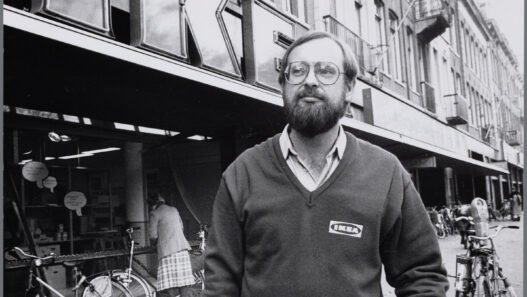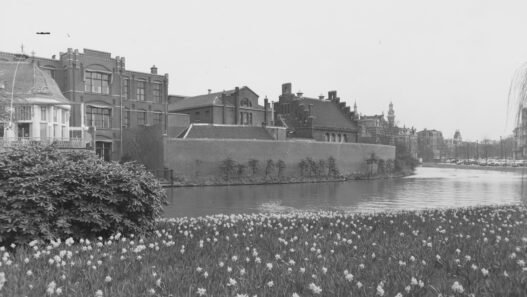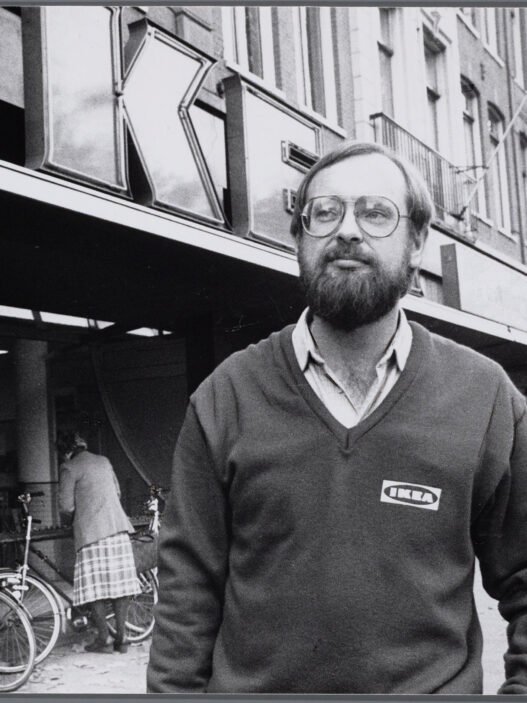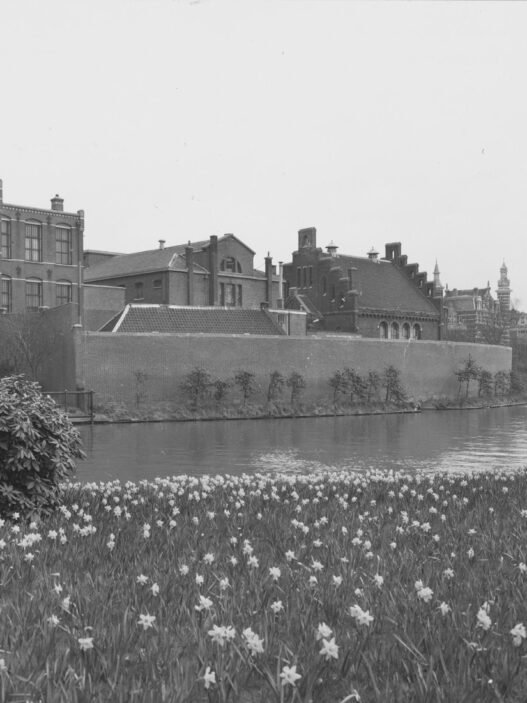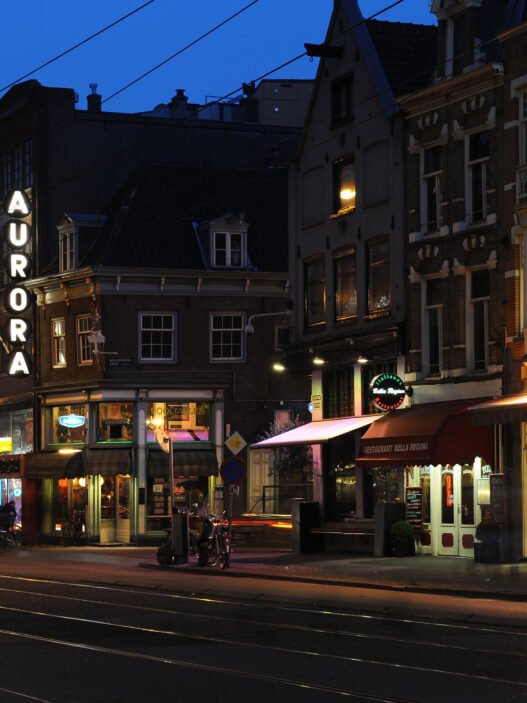Openness, Transparency and Modernity
ING House was designed by young architects Roberto Meyer and Jeroen van Schooten and is known for its futuristic glass structure, supported by towering steel legs. This design was meant to contrast with ABN Amro’s dark, closed-off headquarters. ING wanted a building that radiated openness, transparency, and modernity, deals reflecting a shift in banking, as transactions became more virtual and accessible.
Inside, the building was just as innovative. Along both long sides, double glass façades protected employees from both the noise of the increasingly busy A10 motorway and the sun’s heat. Thanks to a finely tuned indoor climate, indoor gardens with palms, bougainvilleas, and chestnut trees could flourish, creating a truly unique workplace. The building also featured a glass promenade deck, an auditorium in the “toe” of the shoe, and even a rooftop terrace with a small pine forest.
The design epitomized an era when banks around the world showcased their success through iconic architecture. As architect Roberto Meyer noted, “money was no issue” at the time, underlining the ambition and scale of the building.
A Grand Opening – With a Real Lion
The new headquarters officially opened on September 16, 2002. During the ceremony, CEO Ewald Kist welcomed guests, including Crown Prince Willem-Alexander, to what he called “the lion’s den.” He meant it quite literally: a video presentation featured a real lion, the symbol of ING, touring the building, from the rooftop terrace to the boardroom. During the shoot, the lion took a bite out of one of the executive chairs. That chair has since been kept as a memento of the opening. (Footage of the event is still available on YouTube.)
In the end, it was lion Simba, together with the Crown Prince, who performed the official opening act. “Money Shoe ING Group is literally the lion’s den,” read a headline in De Telegraaf the next day.
A Short-Lived Residence
Though initially a symbol of prosperity and innovation, the building’s meaning later shifted. Just twelve years after opening, ING was forced to vacate the spectacular structure in 2014, due to the aftermath of the global financial crisis. This crisis, which nearly collapsed the global financial system, forced governments around the world to inject billions into saving major banks. As part of EU-mandated restructuring, ING had to split into a bank and an insurance company, each relocated to more modest office buildings.
Today, ING House still stands as a gateway building on the western edge of the Zuidas. It now functions as a multi-tenant office complex, home to, among others, the law firm Lexence. What was once a bold symbol of success and innovation in the financial sector now serves as a sobering reminder of the dangers of hubris and overconfidence.

